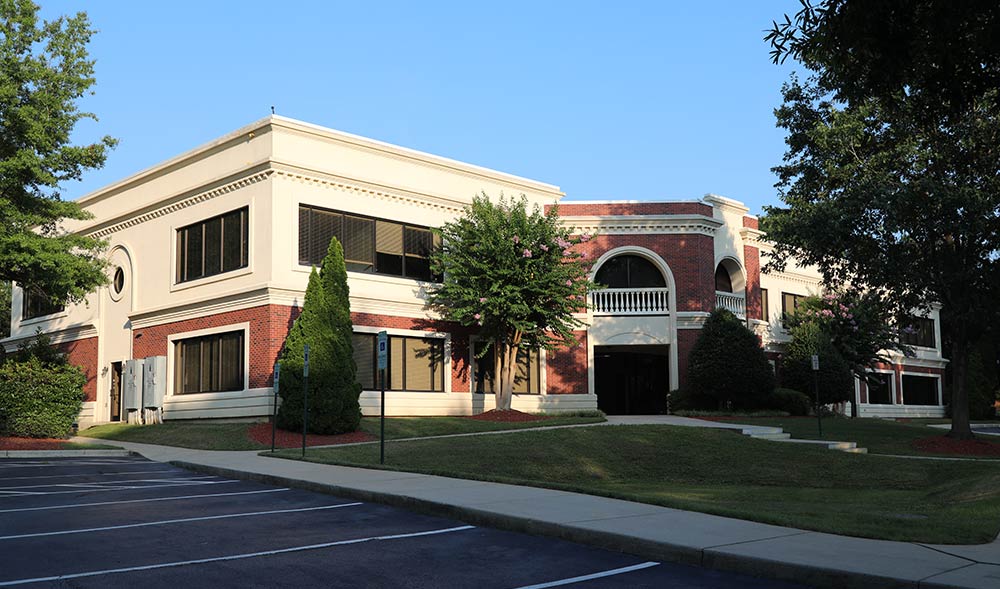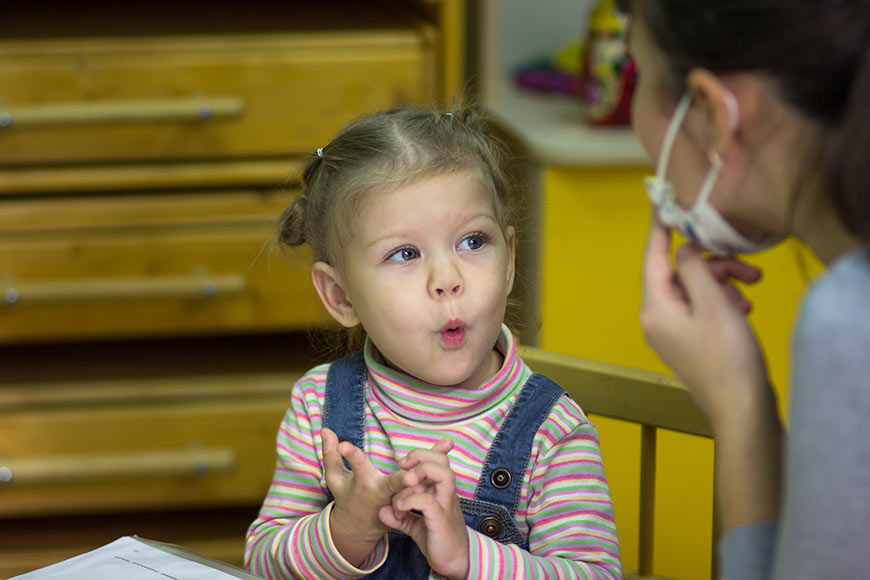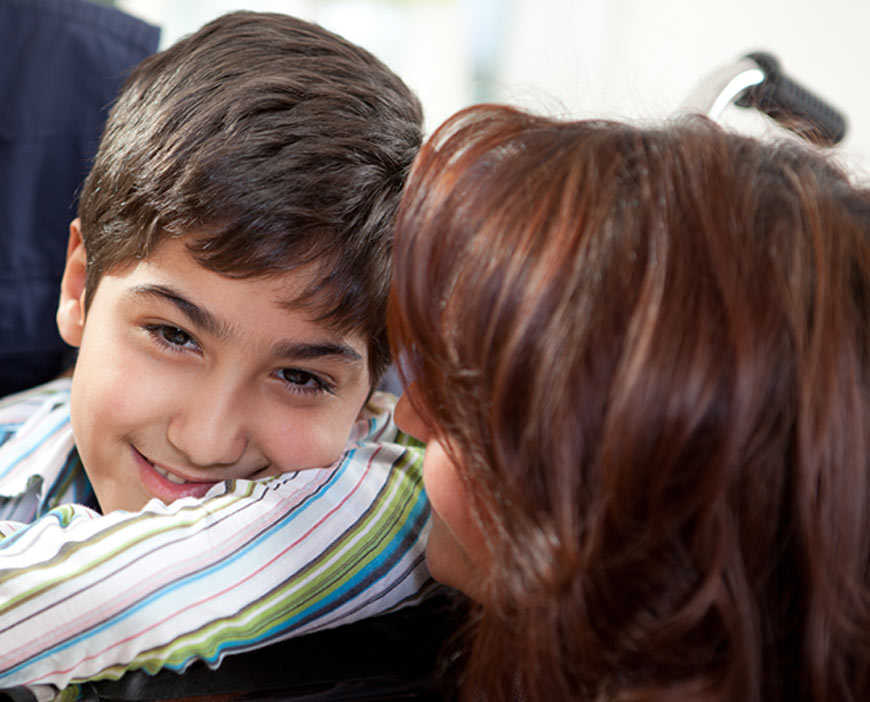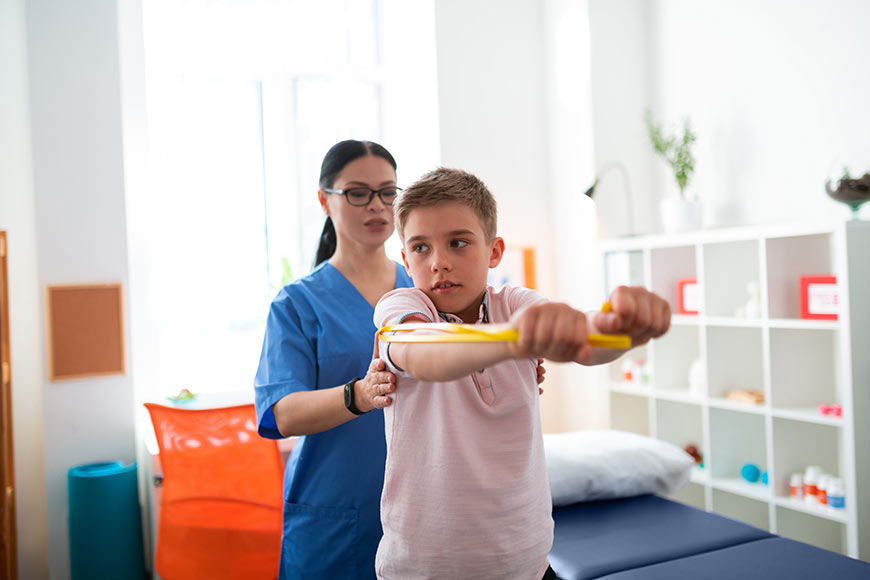We are thrilled to announce the grand opening of our…
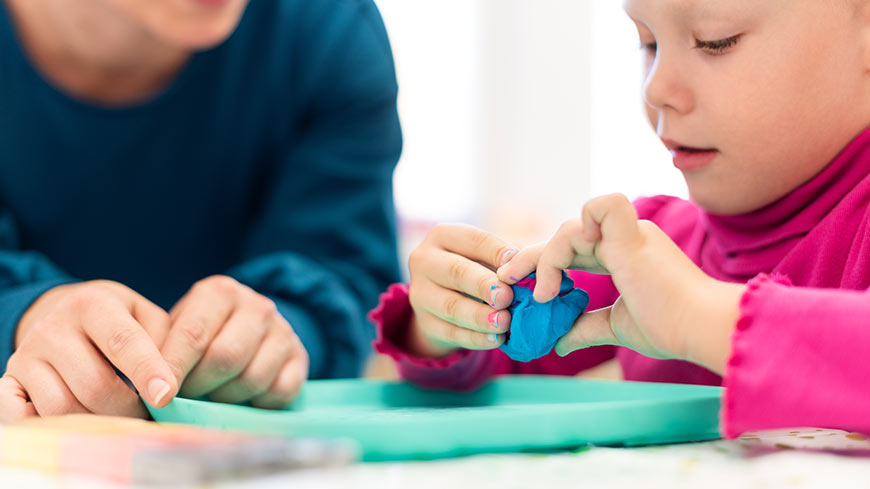
S.M.I.L.E – Simple Modifications in the Learning Environment for the Physical, Occupational, and Speech Therapist Part 2
There are many common items that can be found in our environment to utilize during therapy, whether they be in the clinic, in the classroom, or in the home of the child. Here are some more ideas for simple modifications to meet a child’s needs. And don’t forget to check out our first blog post in this series “S.M.I.L.E. – Part 1” for our previous ideas!
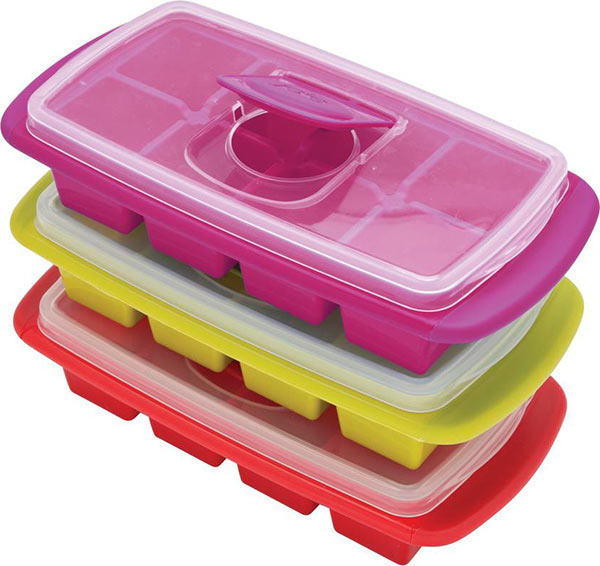
Ice Cube Trays
An ice cube tray can be utilized to help kids pace themselves while eating by not allowing them to pack their mouths with food. The child can be given the control to self-monitor or an adult can help by covering the other sections in the tray and ensuring their mouths are clear before taking another piece. Compared to a big plate of food, which can be overwhelming, this is a more concise way to present food. They can also be used to develop fine motor skills related to a pincer grasp by placing arts and crafts in the tray.

Lunch Tray
Lunch trays are excellent for children who have trouble understanding where their area of space ends and another’s begins. By placing what they’re working on within the dimensions of the tray, they are able to keep their stuff together and organized, and they can focus more clearly on the start, do, finish process!
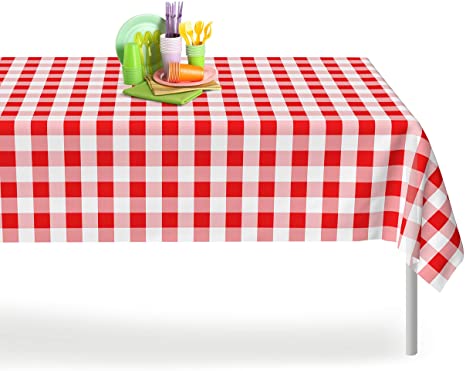
Table Cloth
A cheap, plastic table cloth (or multiple if you can!) is an essential to have on hand as a therapist. These are useful to lay out on the floor of a space in order to define the area that the therapy will take place. It gives the child a visual aspect to return to if they decide to do a lap around the room. A pro tip is that it also aids in keeping a clean workspace for both the child and you!

